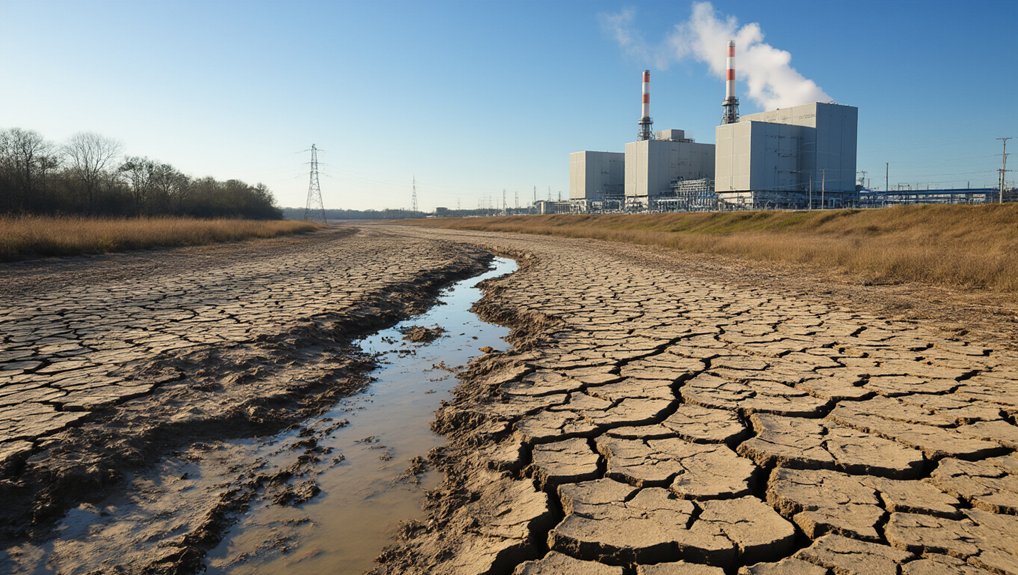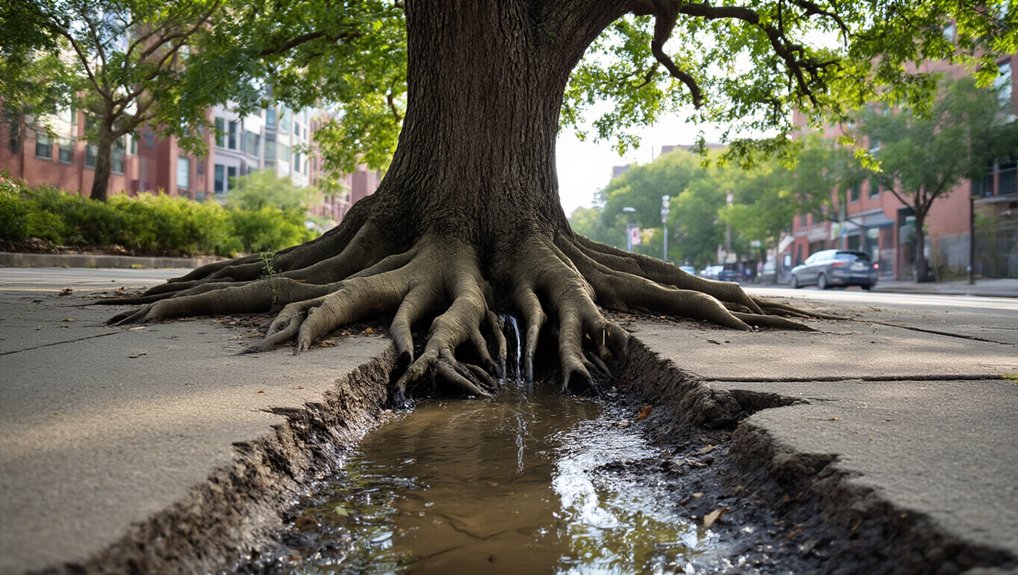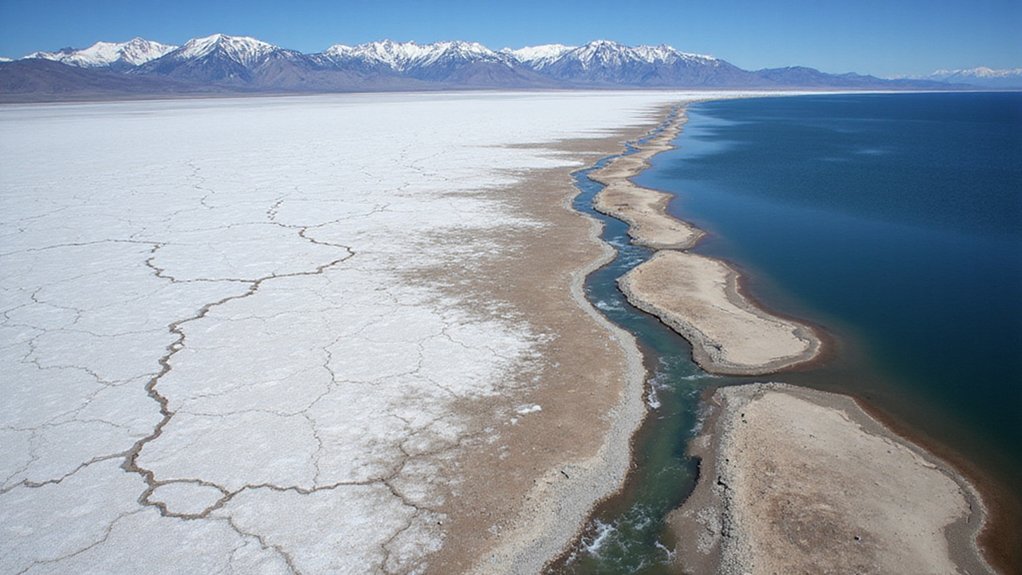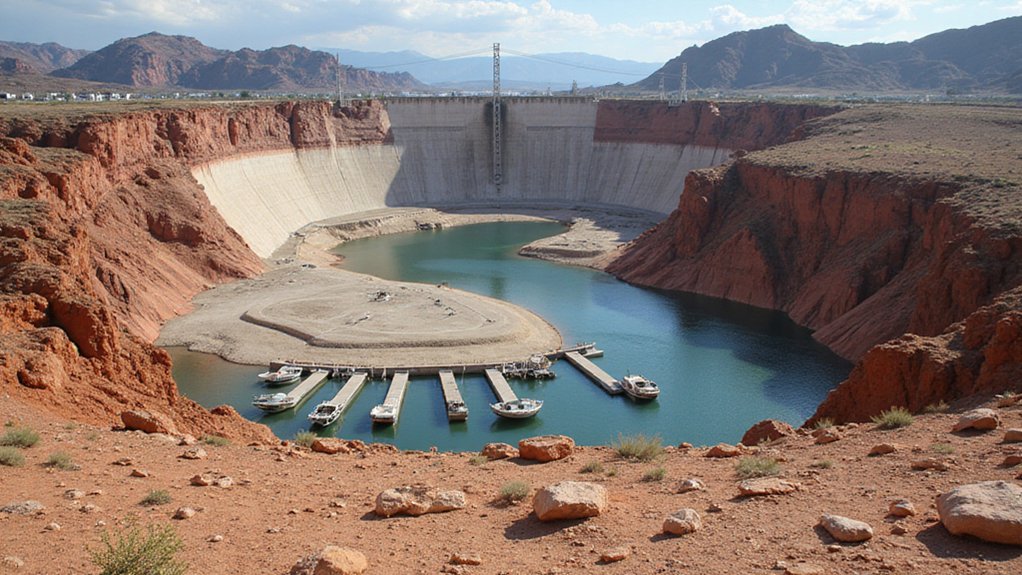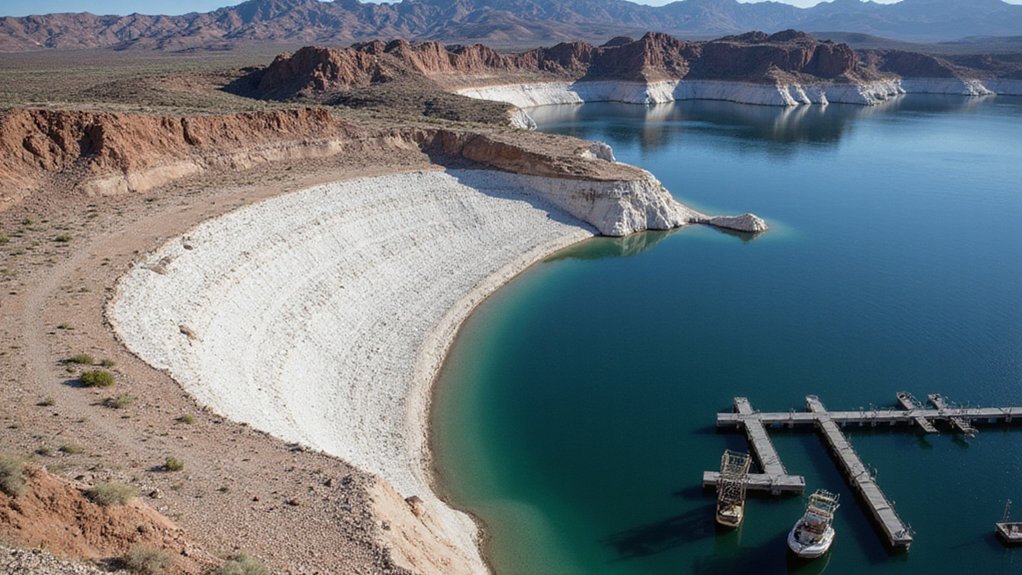While Alabama boasts abundant water resources, the state’s lack of regulated withdrawal systems has created a perfect storm for potential water crises as data centers move in. Companies can just take what they want—no permits, no limits, no questions asked. It’s basically a water free-for-all in a state with no statewide water plan or penalties for those who suck rivers dry.
These massive data facilities are water gluttons. Mid-size operations guzzle around 300,000 gallons daily—equivalent to 1,000 households. Even the smaller ones slurp between 18,000 and 88,000 gallons every single day. The proposed Project Marvel? It could become Alabama’s single largest water consumer. The project involves 18 massive buildings that would each be larger than a Walmart Supercenter, requiring extensive infrastructure. Good luck, neighbors!
Data centers aren’t just digital warehouses—they’re water vacuums on an industrial scale.
The math doesn’t add up for local utilities. They’re simply not designed to handle this kind of demand. Water infrastructure built for residential communities suddenly needs to support the equivalent of small cities appearing overnight. Something’s gotta give. Spoiler alert: it’s usually water pressure for existing residents. Or your water bill. Or both.
Rivers aren’t just decorative features on maps. Large withdrawals mess with river flows and hammer downstream ecosystems. Groundwater contamination becomes a real threat when cooling water mixes with chemicals. Hundreds of acres get cleared for these digital warehouses. Trees gone, habitats destroyed, terrains permanently altered. Hyperscale facilities consume approximately 550,000 gallons daily for cooling systems alone.
The twist? Nobody’s required to tell you about it. These tech giants guard their water usage data like national secrets. While geothermal systems could reduce water consumption with their 300-500% efficiency ratings, few data centers invest in these sustainable alternatives. Try asking for information about their consumption or infrastructure plans—you’ll likely get delayed, denied, or delivered an incomplete picture. Alabama requires zero public disclosure of major withdrawals.
Water isn’t infinite, even in a water-rich state. Multiple users drawing from the same source without oversight is a recipe for disaster. With no coordinated planning between utilities and these thirsty newcomers, Alabama communities face an uncertain future. The digital economy runs on water. And right now, Alabama’s giving it away for free.
References
- https://insideclimatenews.org/news/11052025/bessemer-alabama-proposed-data-center/
- https://dgtlinfra.com/data-center-water-usage/
- https://waterdata.usgs.gov/al/nwis/wu
- https://www.selc.org/press-release/environmental-group-requests-water-usage-information-for-sc-meta-data-center/
- https://thecarbonalmanac.org/data-centers-and-their-impacts/
